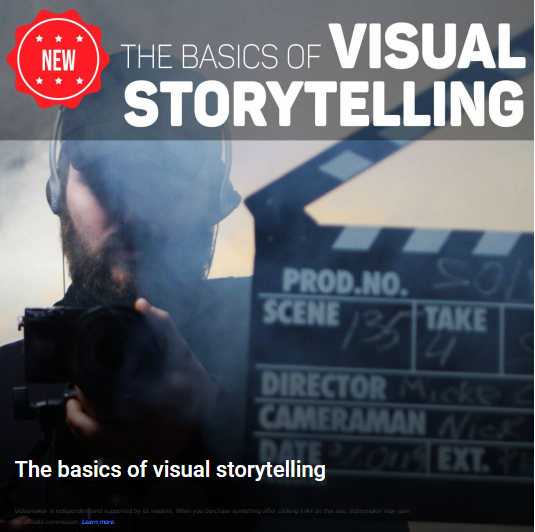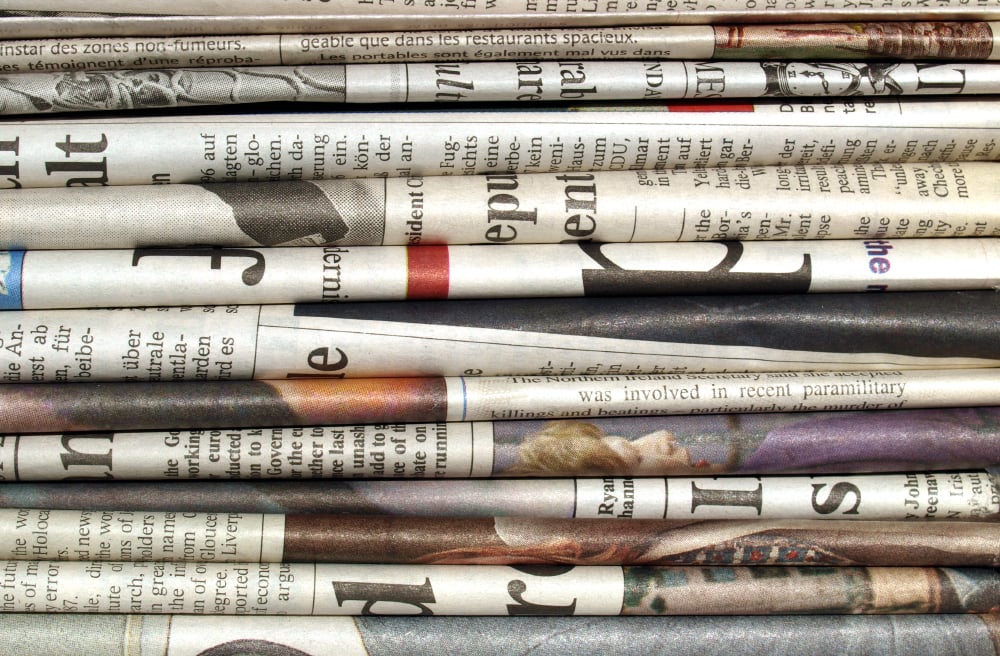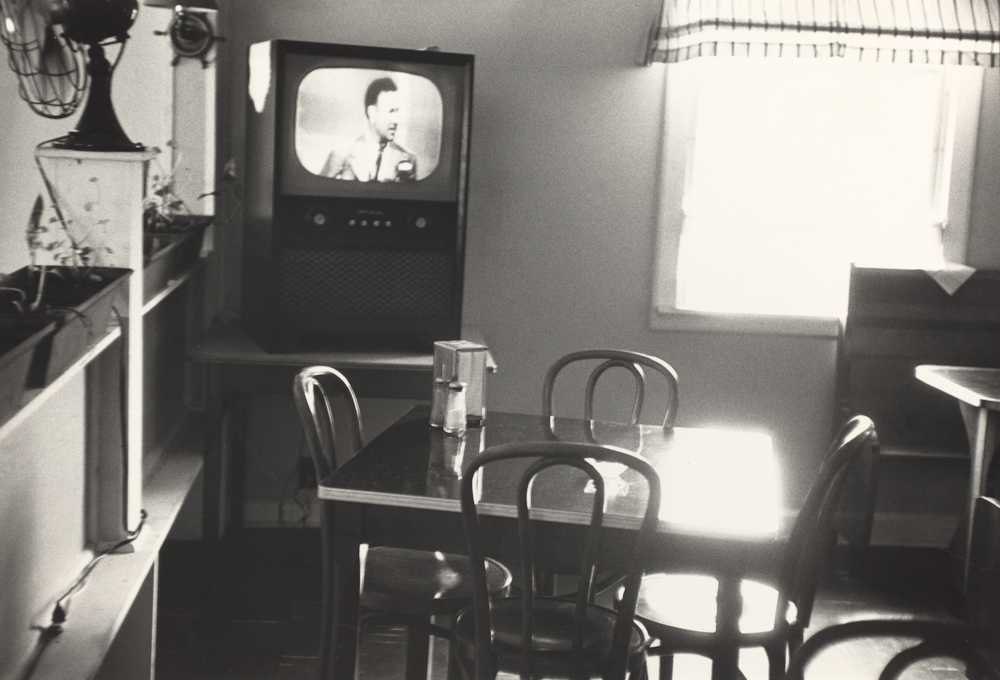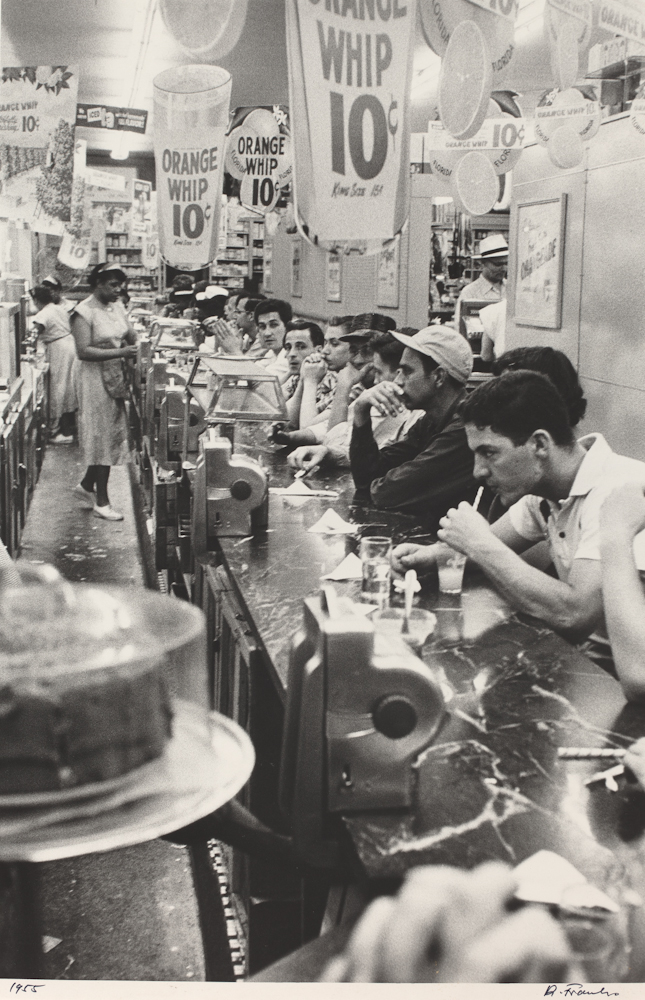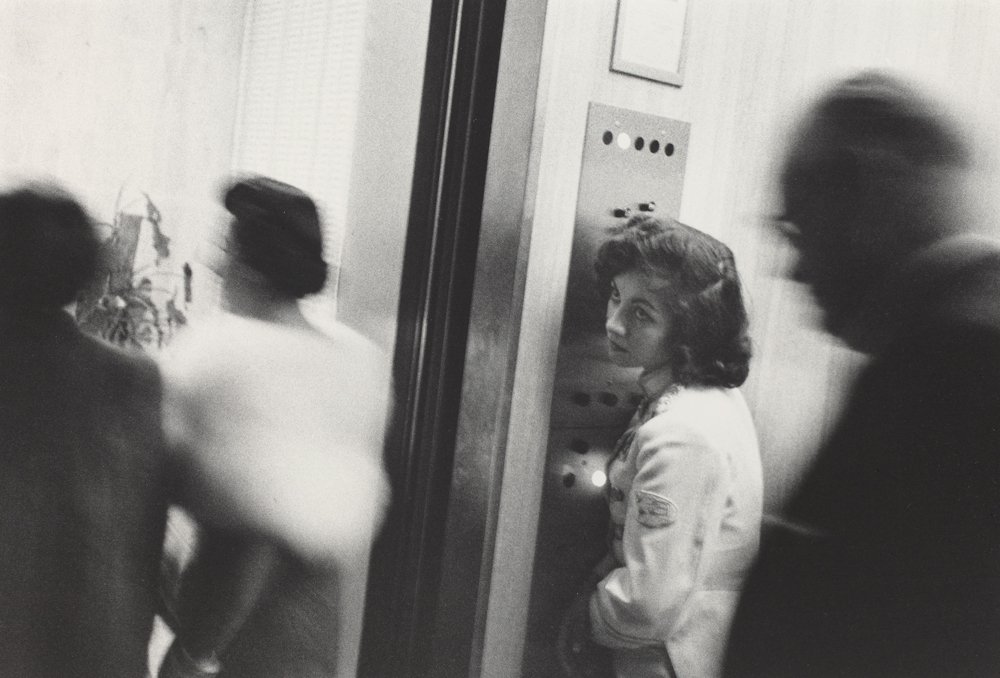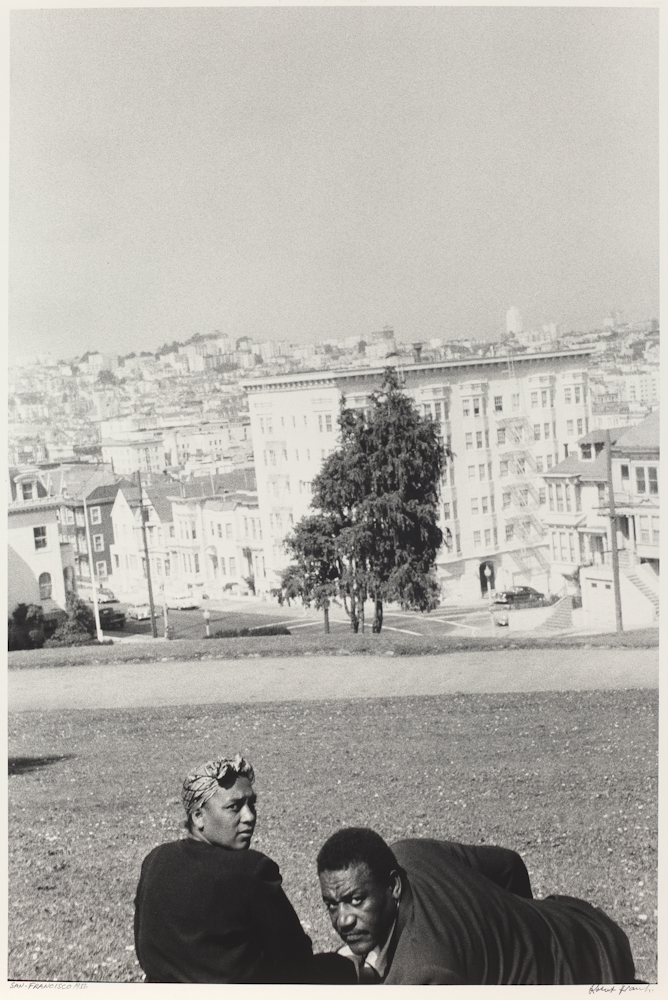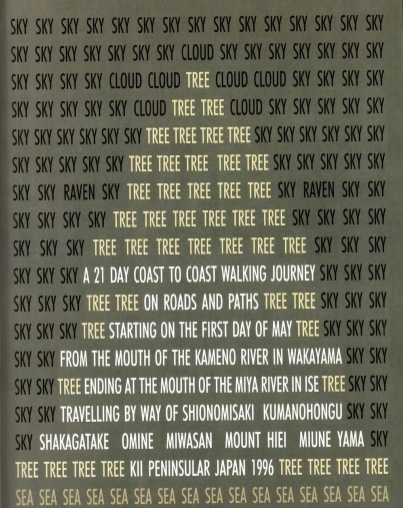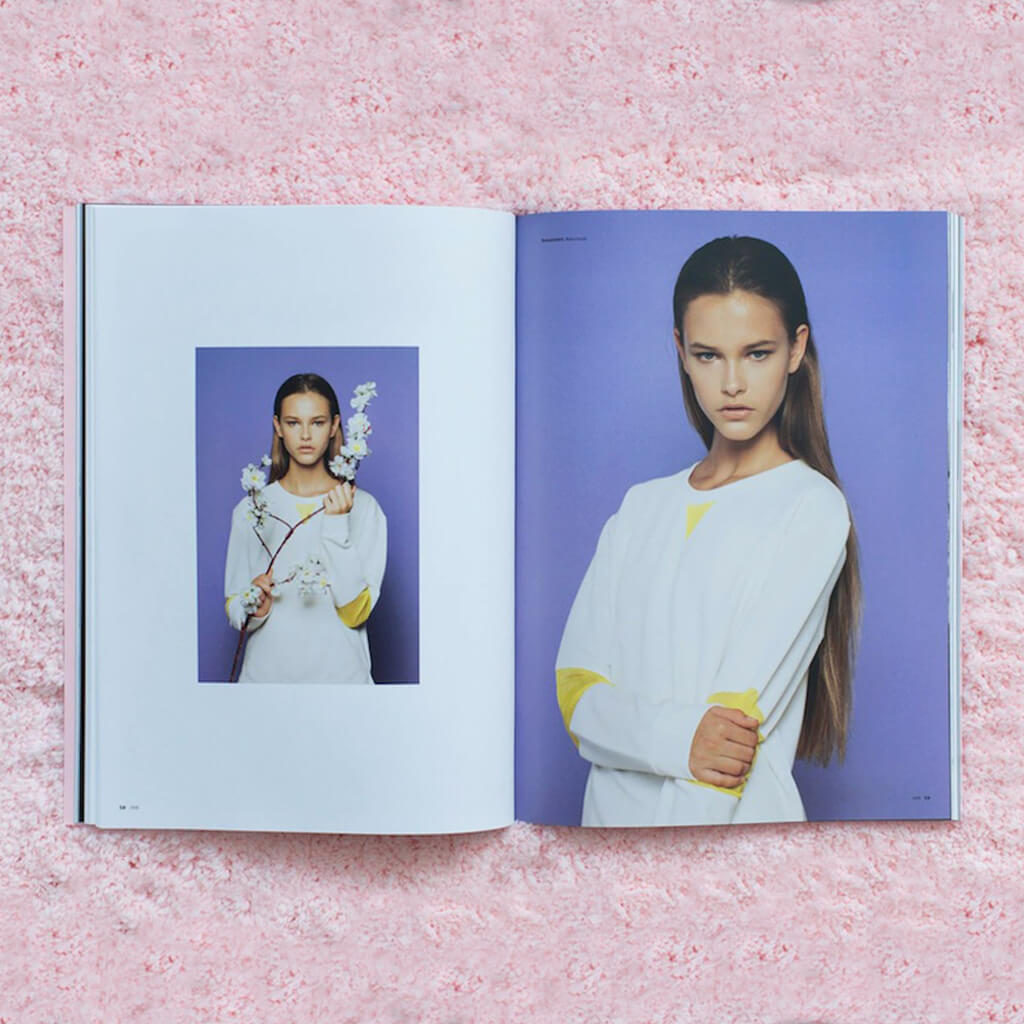‘Narrative’ meaning in photography –
The theory:
The general meaning of ‘narrative’ is to describe the way that a story is told from different perspectives from a variety of sources such as a book, magazine, newspaper, cinema, etc. When telling a story there is no right or wrong due to the subjectivity of it, implying that the creative aspect is completely up to you.
The ‘narrative’ meaning in photography is a completely different story. This is because you have to carefully select the images that you want to use to create a relationship between one another. This is impacted by the way that they are edited, text that accompanies them, and how they are laid out on the page. This is why it is vital to identify the story behind your zine for example before beginning to create it. This approach is seen a lot throughout Photojournalism which is a documentary style of photography as well as contemporary photography which uses poetic language, which plays with the idea of objectivity/subjectivity and facts/fiction.
The theory behind a narrative in photography has been explained by a photographer called Jorg M. Colberg in his first post which then leads into his second post which both extensively discuss this subject. He explains how their is not always a clear distinction of a story in someone’s work that they have produced but their is a recognisable narrative as he argues that ‘narrative’ and ‘story’ have two completely different interpretations within photography. He then goes onto further discussion about sequencing a photograph, and how this can alter the narrative of a set of photos in his second blog post. I think that these two blog posts were helpful as they provided me with a deeper insight and knowledge into what a narrative means within photography, helping me with the creation of my zine as it makes me think about the bigger picture to the people who will view it.
Lewis Bush, who is a writer and lecturer wrote a piece of work for photography, he states that ‘narrative are things which exist within stories.’ and his article Storytelling: A Poverty of Theory, he explains how photography is not an established way to theorise a story unlike literature and cinema. He also questions why many photographer refer to themselves as ‘storytellers’ when it is difficult to see the difference between a story and narrative in photography.
In photography:
In earlier years, many different photobooks have been made such as one called ‘The Americans’ by Robert Frank, a French publisher, in 1958. This consisted of a sequence of 83 photos which are non-narrative and non-linear as it uses thematic, formal, conceptual and linguistic features to link the photographs to one another which Frank called a ‘distinct and intense order’. The book is seen to be constructed in four sections, although this is not immediately noticeable. The book explores American people as a society from a mix of communities depending on class, race, occupation, etc and are seen to be photographed in a variety of different locations amongst one another. Therefore, Frank uses this to emphasise the politics, alienation, power, injustice, etc that is at play when you look beneath the surface in his country, forcing you to review the deeper meaning.
Here are some examples from the photobook:
‘Sequencing’ in photography –
Sequencing in photography is more than just placing your photos in an order, it’s diving into the deeper meaning of the story. Going further into the reason behind why you have chosen too and the theme you want to have between the photos. You have to consider your beginning, middle and end photos for a successful outcome as these will be the photos which essentially guide your audience. This can be seen in numerous ways through the images such as in a change to show something is happening throughout or using other images, for example from archival sources to show a comparison of then and before. The possibilities in a sequence are endless.
Making sure you are also using your best images which have a visual relationship and flow easily with one another is a huge factor in sequencing in photography. This is due to their juxtaposition’s e.g. are they landscape or portrait?, colour or black and white, is there any repetition in the images or of images?, etc. After deciding this you need to think about the layout of them through single/double page spreads, or multiple images on one page as well as if you want to include text to act as a guide throughout.

